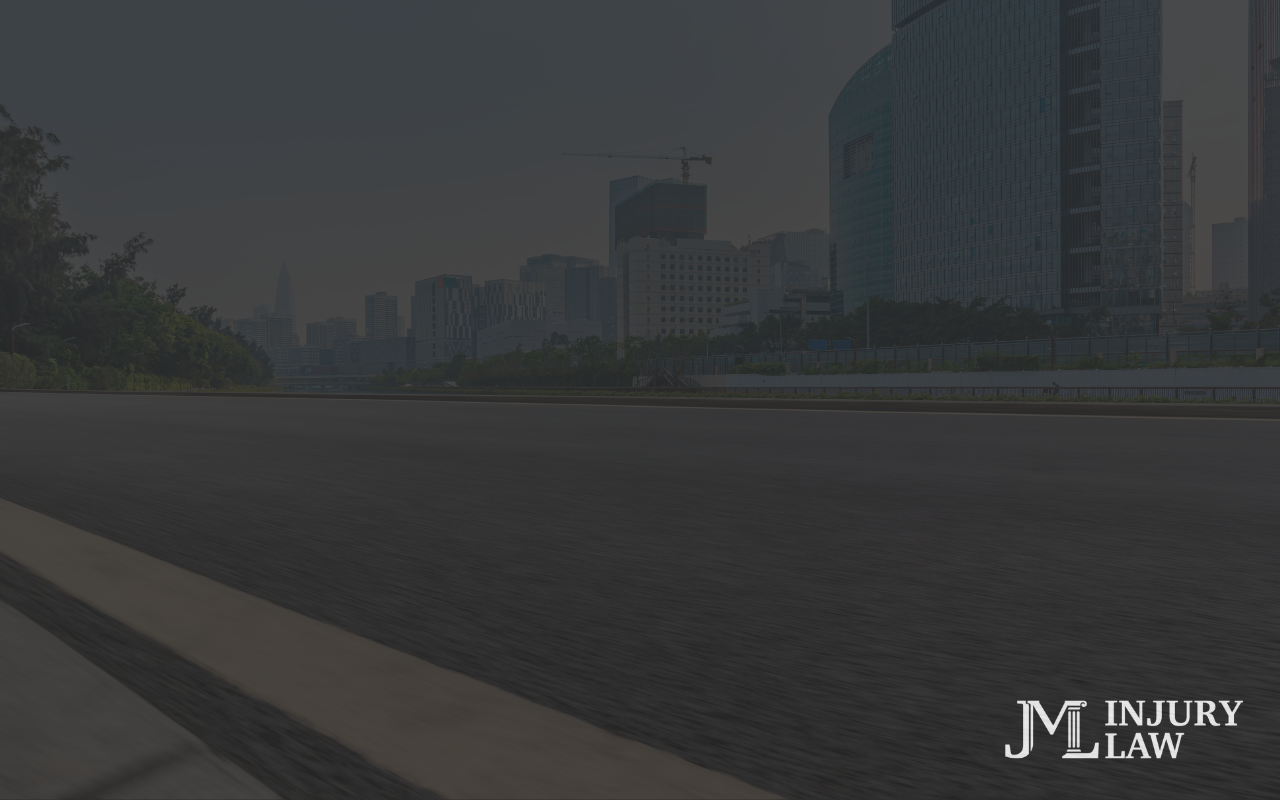A New Era for U.S. 75 Commuters
If you drive U.S. 75 (Central Expressway) through Dallas or Collin County, you may have noticed construction signs and shifting lane patterns. That’s because the Texas Department of Transportation (TxDOT) is transforming the current HOV lanes into “technology lanes”, known as Tech Lanes. This modernized approach to traffic flow introduces flexible access rules, aiming to ease congestion for millions of commuters.
As a Texas personal injury law firm deeply familiar with transportation issues and motorist safety, JML Injury Law brings you a detailed breakdown of what this change means—from commuting schedules to accident risk and legal implications.
What Are Tech Lanes, and Why Is TxDOT Making the Switch
The Shift from HOV to Tech Lanes
According to Dallas Express and Richardson city reports, the formerly restricted HOV-only lanes are being converted into Tech Lanes between the President George Bush Turnpike (PGBT) and I‑635; construction is underway through summer 2026.
What Exactly Are Tech Lanes?
Tech Lanes use variable access rules:
- During southbound morning peak hours (7–9 a.m.) and northbound evening rush (4–6 p.m.), only HOV vehicles, motorcycles, and low-emission vehicles are permitted.
- Outside those hours, all vehicles can use the lanes toll-free (a key difference from traditional toll express lanes).
These lanes replace static barriers with broken white stripes, enabling easier merging and lane transitions.
Why Tech Lanes?
TxDOT anticipates that this flexibility will:
- Reduce congestion at peak times
- Improve travel efficiency
- Offer equitable access to cleaner vehicles
A $57 million investment aims to address growing commuter demand in one of the fastest-expanding metroplex regions.
What’s Happening and What Drivers Should Expect
Construction Timeline & Traffic Adjustments
Work began in August 2025 with nightly striping of the southbound HOV lane, 1,500–1,800 feet at a time, conducted between 9 p.m. and 6 a.m.
Afterward, the northbound HOV lane closes entirely for roughly 11 months starting late summer. Drivers should expect rolling nightly lane closures, ongoing throughout the project.
When Can You Use the Tech Lanes?
| Time of Day | Permitted Vehicles Liable to Use Tech Lanes |
|---|---|
| 7–9 a.m. (southbound) | HOV, low-emission vehicles, motorcycles only |
| 4–6 p.m. (northbound) | HOV, low-emission vehicles, motorcycles only |
| All Other Times | All vehicles (toll-free) |
This dynamic access policy aims to balance peak-hour exclusivity with off-peak inclusivity.
What It Means for Commuters: Expectations, Timing & Caution
Changes in Commuting Patterns
If you’re a high-occupancy driver or using alternate fuel vehicles, your access remains, but lane merging patterns will feel different. Expect lane shifts and altered entrance/exit points during construction. During off-peak hours, single-occupant vehicles gain access, potentially increasing traffic in the newly accessible lanes.
Safety Considerations and Increased Risk
Construction zones and merging traffic raise collision risk, especially for rear-end or side-swipe incidents. Night work and shifting lane lines create additional hazards, making cautious, attentive driving crucial.
Legal Considerations from a Personal Injury Standpoint
How JML Injury Law Can Help Accident Victims
Construction zones and changing traffic patterns often result in confusion and higher accident rates. As a Texas personal injury firm, we help clients in the following ways:
- Documenting accident scenes where lane conversions or signage may have contributed
- Gathering evidence, including construction schedules, signage photos, traffic camera footage, and maintenance records
- Proving liability, especially when improper or inadequate warnings and barriers are factors
- Pursuing compensation for medical bills, lost wages, property damage, and pain and suffering
Tech Lane transitions introduce new layers of complexity—understanding these factors quickly is essential to protect your rights.
What to Do If You Are in a Collision in the Tech Lanes
- Seek medical attention immediately. Even minor injuries can escalate.
- Document everything—photos of road signs, lane markings, vehicle damage, and injuries.
- Exchange information with other parties and witnesses.
- Report the incident to the police and obtain a copy of the crash report.
- Contact a knowledgeable personal injury attorney, especially when road construction contributes to the crash.
At JML Injury Law, we are closely monitoring the Tech Lane rollout and can handle claims involving crash dynamics specific to these changing conditions.
Tips for Safely Navigating Tech Lanes and Construction Zones
Driving Best Practices
- Plan ahead: Stay updated on nightly closures on drivetexas.org.
- Stay alert: Watch for shifting lane signals and construction normals.
- Avoid distractions: Be especially focused on evolving lane patterns.
- Follow posted speeds: Reduced limits may apply in work zones.
If You’re Part of an Accident
- Photograph all details—road signage, lane markings, vehicle positions.
- Save all records (medical, repair, receipts) for your claim.
- Talk to an attorney before giving statements to insurance adjusters.
These steps protect your legal rights and improve your ability to recover fully in case of an accident.
Why This Matters: Mobility, Safety, and Legal Awareness
Evolving Commute, Elevated Risks
Tech Lanes aim to modernize travel, but change = nighttime hazards, lane confusion, and merging challenges. Being informed about access times and construction details is essential for safer travel.
The Role of Injury Law in Infrastructure Shifts
As construction transforms traffic flow, personal injury law plays a key role in ensuring safety remains the priority and victims have access to justice when invasive changes lead to injury.
Staying Safe and Prepared on U.S. 75
The U.S. 75 Tech Lane project reflects North Texas’s efforts to enhance commuting efficiency, but comes with a learning curve. Whether you’re a daily commuter, a one-time traveler, or someone injured in a related accident, understanding these changes ensures you’re prepared, protected, and empowered.
JML Injury Law stands ready to assist anyone involved in Tech Lane-related accidents, offering expert knowledge, diligent representation, and unwavering support.
Contact JML Injury Law for Expert Guidance
If you’ve been in a crash on U.S. 75 during the Tech Lane transition, or have questions about how these changes impact your rights, reach out today for a free consultation. Let us help you navigate the legal road ahead with confidence.



